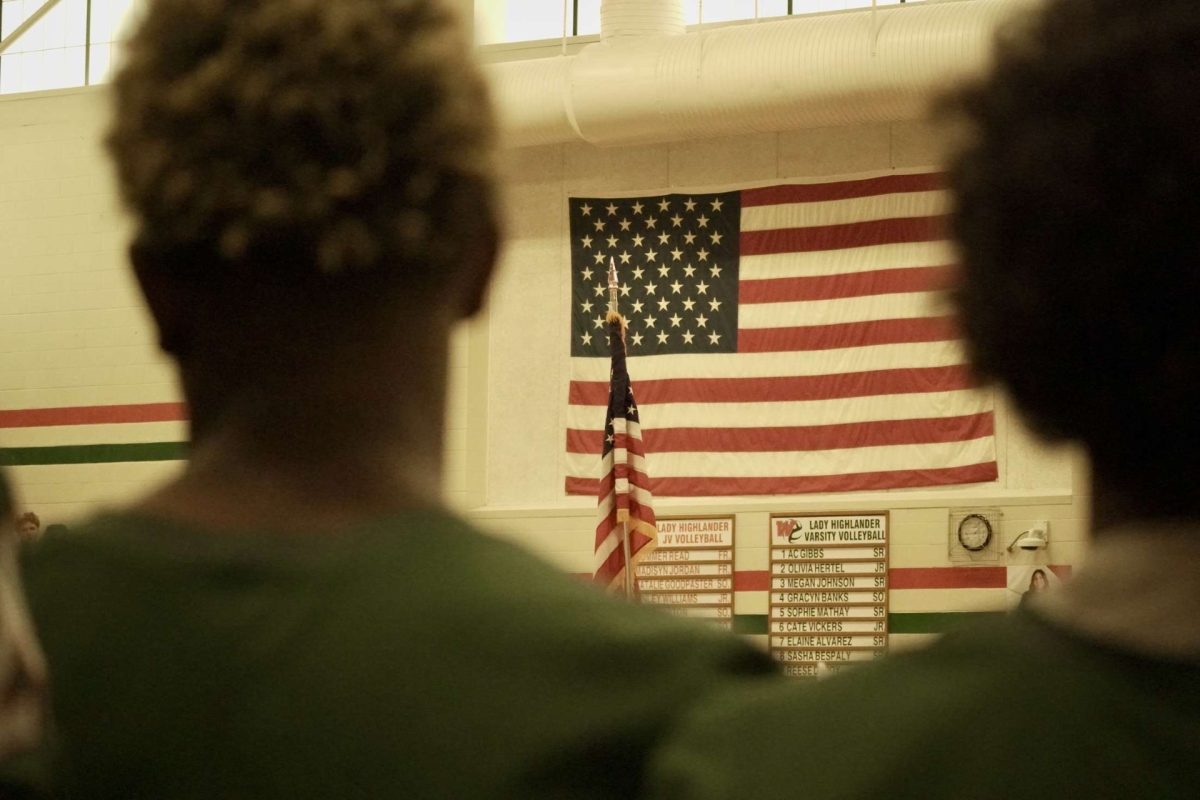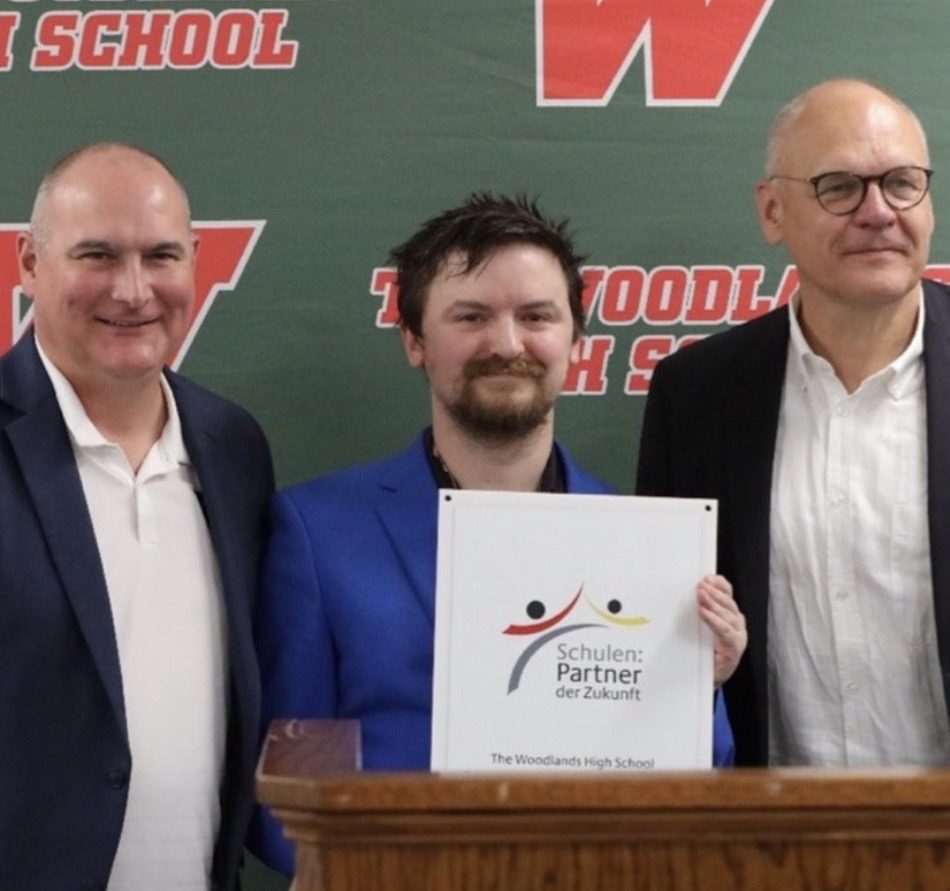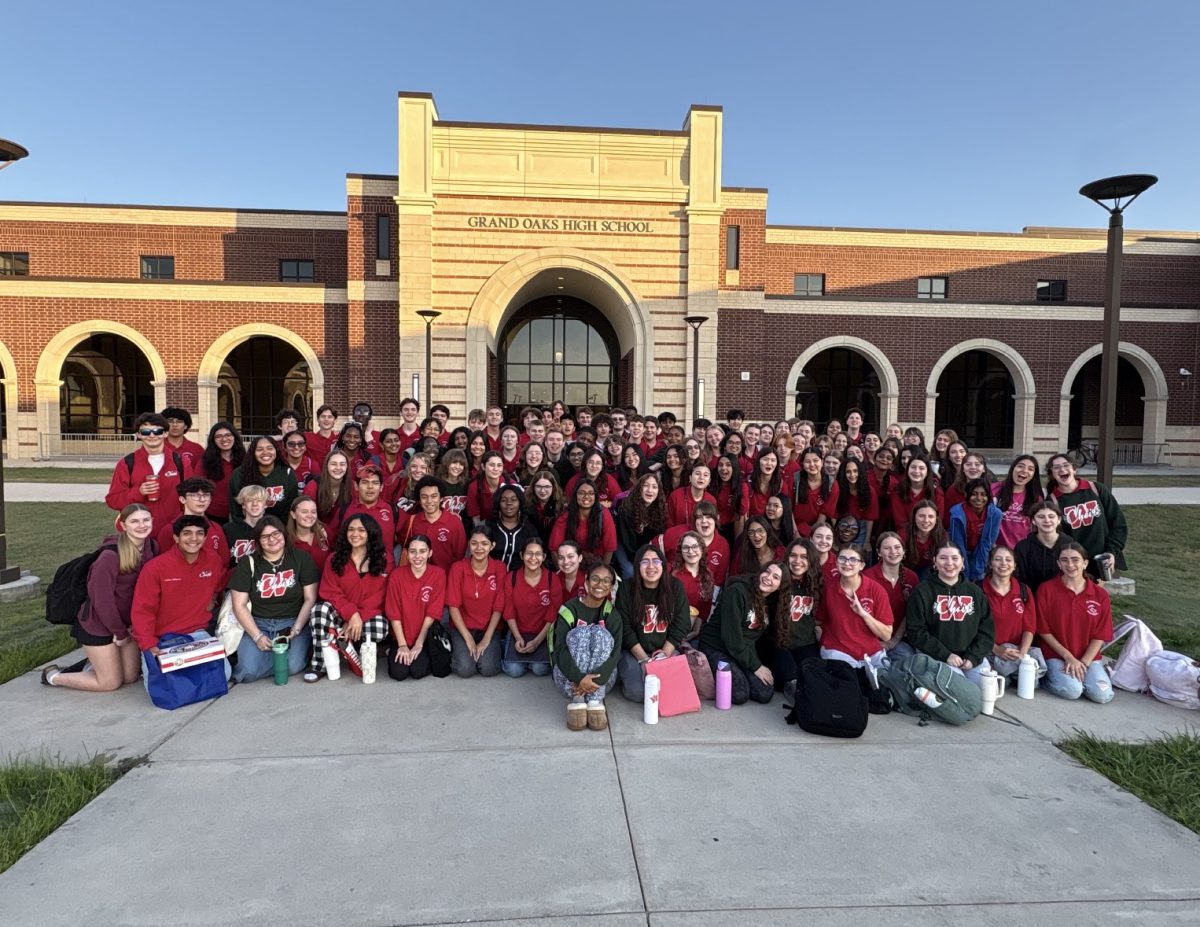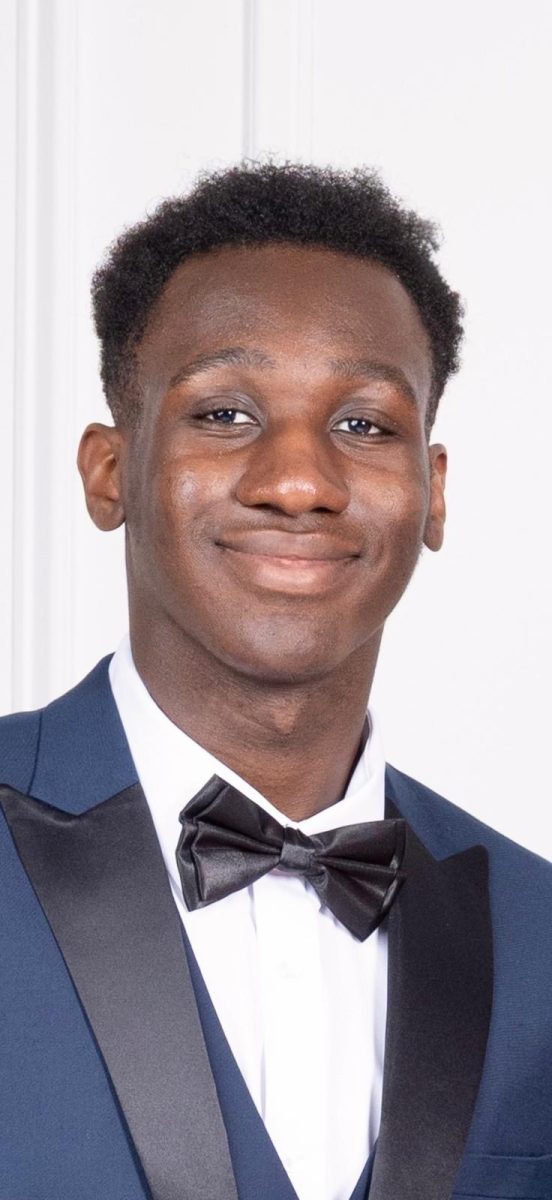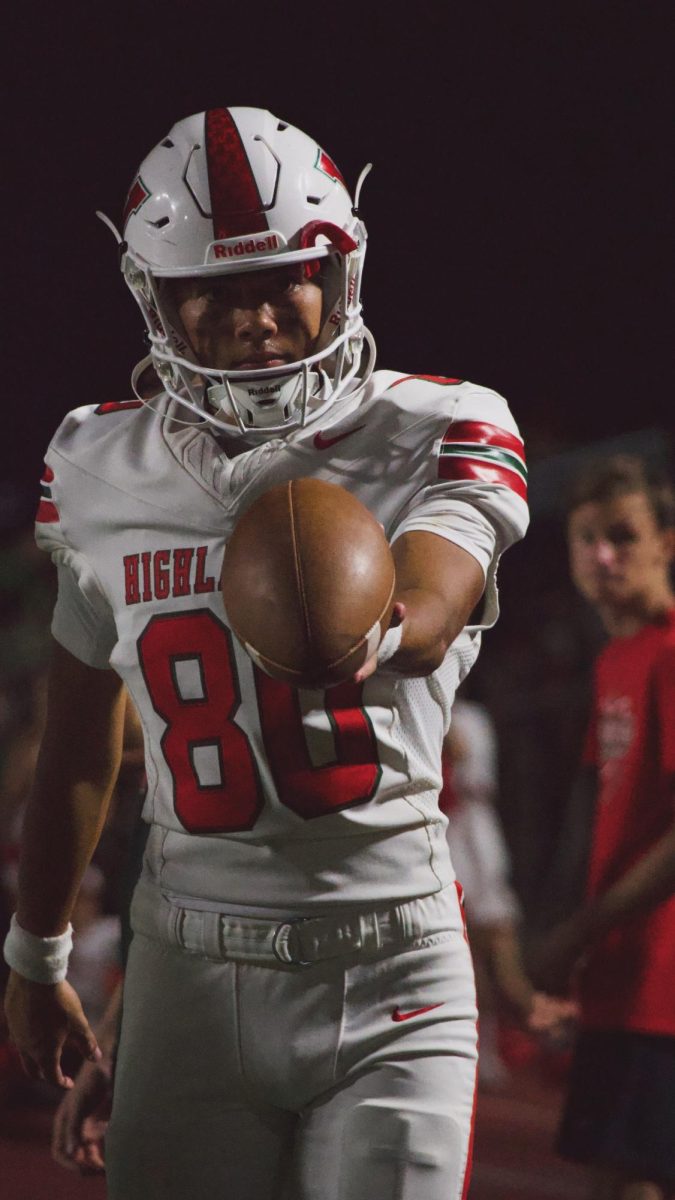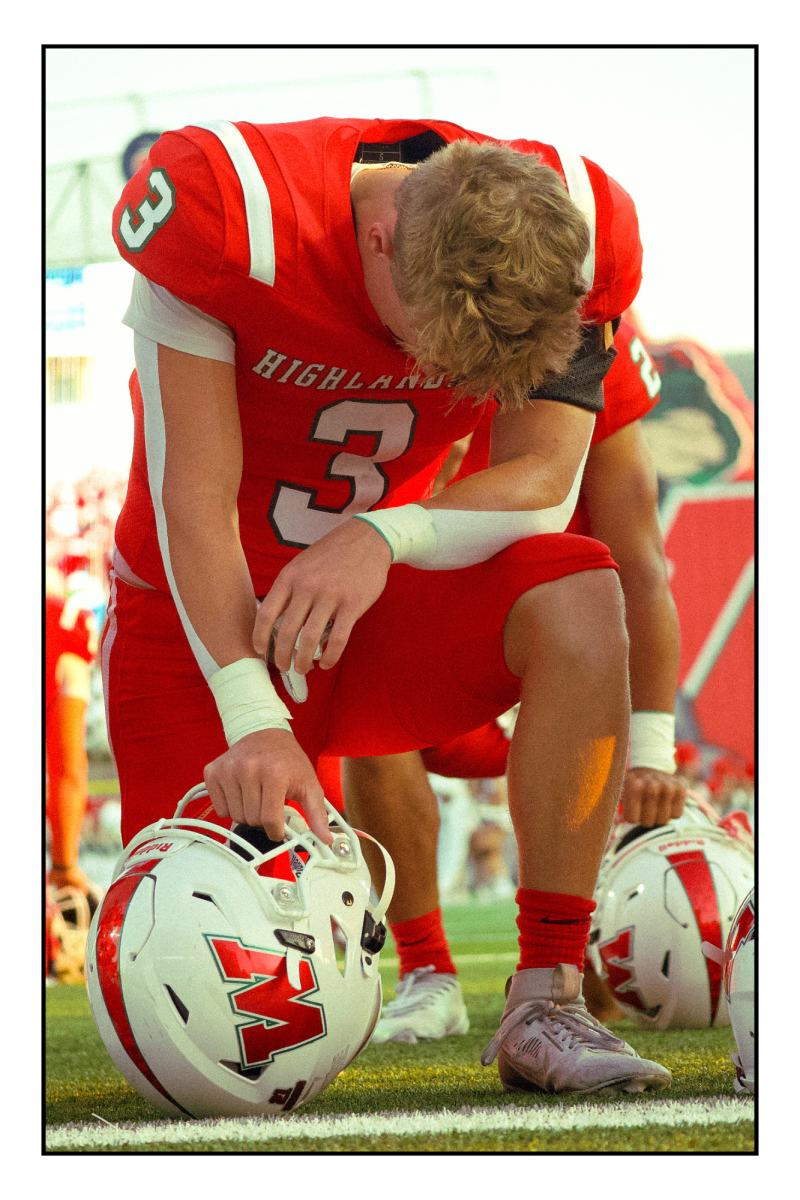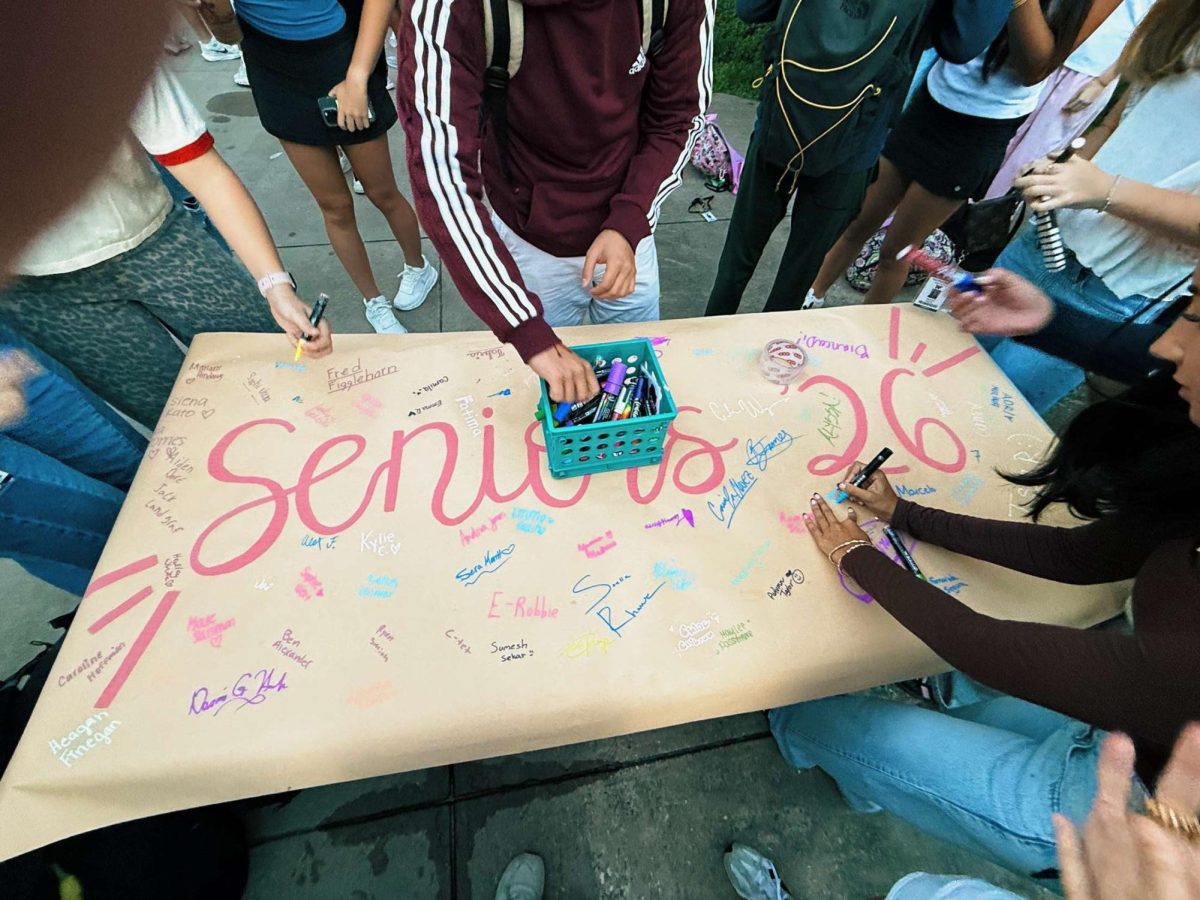The Woodlands High School Robotics class runs a Robotics team that competes in local and state wide competitions. The TWHS robotics team or “Pastabots” is a student run organization that is divided into multiple specialized sub-teams. These teams are tailored to unique responsibilities, skills and expertise, ensuring well rounded success in competitions.
The Pastabots compete in the highest level of High School Robotics: FRC Robotics. This year’s game/challenge was an aquatic themed game called “REEFSCAPE,” in which three teams compete to clear a reef of algae. The team who brought the most amount of algae to the surface wins. The algae and surface is created by using rubber balls and PVC pipes.
During the last week of March, the Pastabots went to compete in Fort Worth. The team was the first selection by the fifth-seed alliance, and were eliminated in the third round of playoffs.
“Fort Worth was a really challenging event due to the number of high-performing teams.” stated the Head Coach and Lead Technical Mentor, Lauren Hamel.
This competition was especially important since the team unveiled their new robot vision. Utilization of cameras scanning April Tags for auto-alignment with elements that give points during the competition. The team received the Industrial Design Award, sponsored by General Motors, which celebrated the team’s industrial design principles that allows for a balance between form, function and aesthetics.
Last weekend, the Pastabots competed at the FIRST in Texas, District Championship at the George R. Brown Convention Center in Houston. This competition is their state competition. The Pastabots ranked 11 out of 45 in the Apollo division and were eliminated in the semi-finals. Unfortunately, their placement did not allow them to reach the “first championship;” the Worldwide competition.
Throughout the past year, Club President, Nicholas Tyner has encouraged the team to succeed in competition by preparing at least 20 hours a week. They make adjustments to the robots in the form of repairs and design changes. In addition to developing and expanding robot programming, these changes are done to increase accuracy on the field and function more efficiently.




